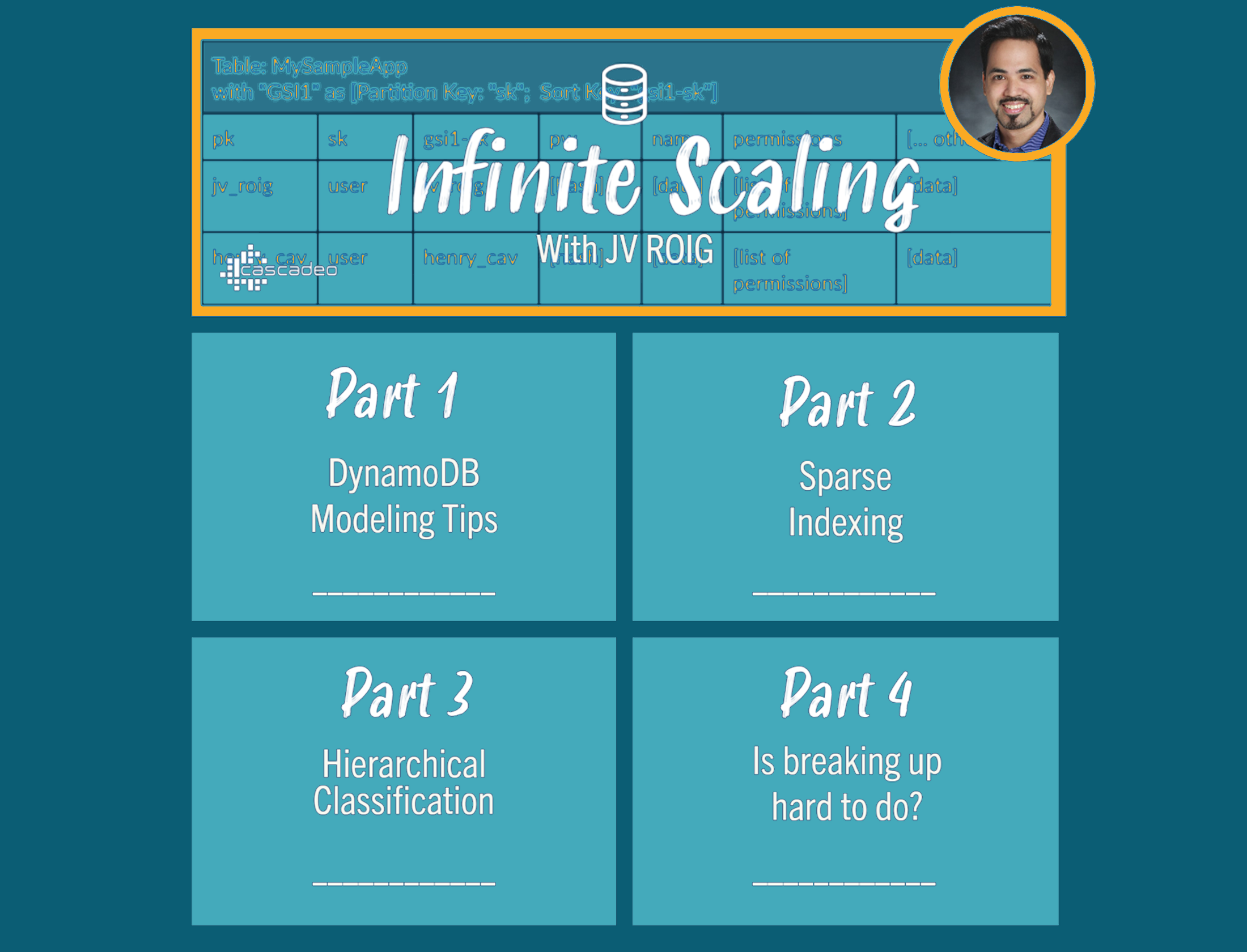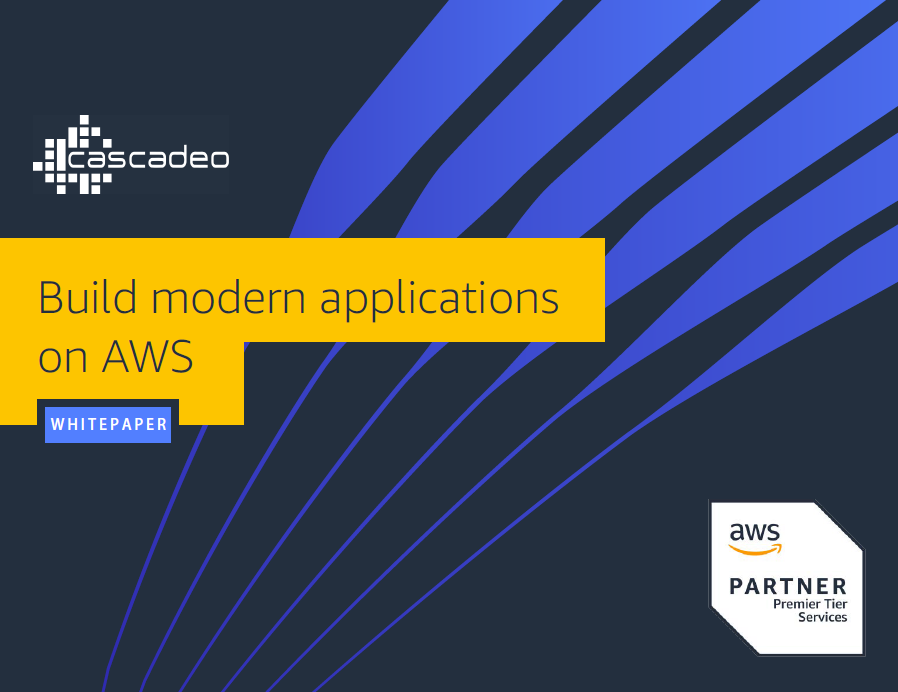Custom Designed Cloud Architecture
Build value with a cloud design structured to meet and grow alongside your ever-changing business demands.
Designing Custom Cloud Architecture
In today’s digital world, businesses are increasingly leveraging the scale and flexibility of the public cloud as a critical component of IT infrastructure. Cloud migrations deployments can represent a complete refactoring of applications, or may be undertaken in stages.
Either way, your organization will need to carefully design a cloud architecture that meets your specific needs and business requirements. For example, depending on your industry, you will need different configurations of compute power and storage, and have varying network requirements, and may have compliance or regulatory concerns.
What is cloud architecture?
Cloud architecture is the design of an IT system that is hosted in the cloud. It includes the components of the system, such as virtual machines, containers, and databases, as well as the way they are interconnected.
This can include public, private, or hybrid clouds and may also include connection to on-premises compute resources.
Why is custom cloud architecture important?
Custom cloud architecture can be tailored to meet the specific needs of a business, such as its industry, size, and workload. This can lead to a number of benefits, including:
There are a number of steps involved in designing custom cloud architecture. These include:
- Assessing your needs: The first step is to assess your business’s needs and requirements. This includes understanding your business goals, your current IT infrastructure, and your budget.
- Choosing a cloud provider: There are a number of different cloud providers to choose from, each with its own strengths and weaknesses. You need to choose a provider that meets your specific needs and requirements.
- Designing your architecture: Once you have chosen a cloud provider, you can start to design your cloud architecture. This will involve choosing the right components for your needs, such as virtual machines, containers, and databases.
- Implementing your architecture: Once you have designed your architecture, you can start to implement it. This will involve provisioning the resources you need and configuring them according to your design.
- Monitoring and optimizing your architecture: Once your architecture is up and running, you need to monitor it to ensure that it is performing as expected.
Enabling Business Outcomes through Infrastructure
While designing custom cloud architecture is intricate, it unlocks the full potential of cloud for your business. Start with a crystal-clear understanding of desired outcomes, prioritize security throughout, and meticulously choose a provider that aligns with your needs. Design for seamless scalability, embrace automation for efficiency and cost savings, and continuously monitor and optimize your architecture to guarantee peak performance.





